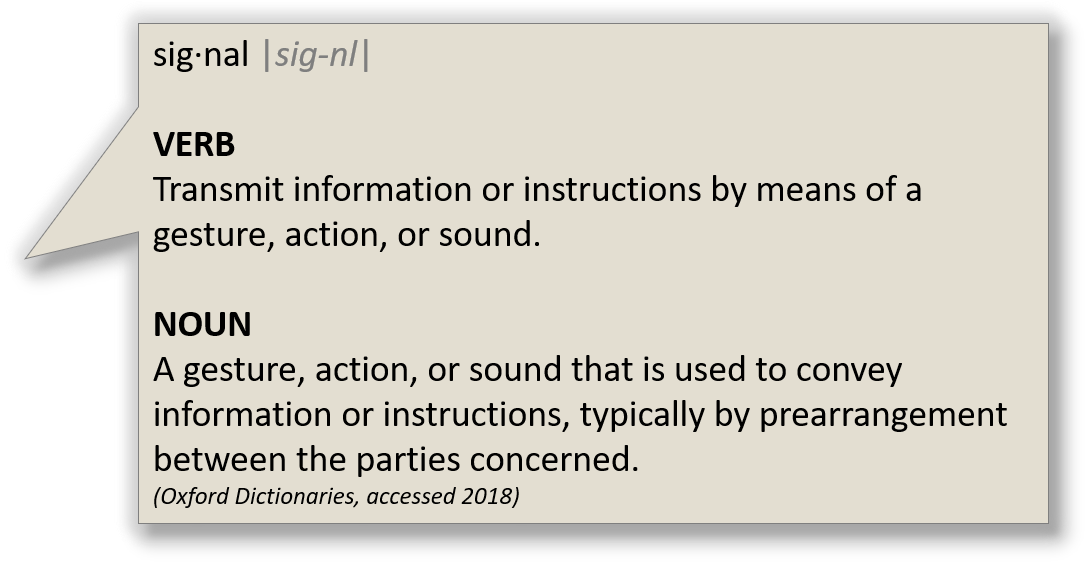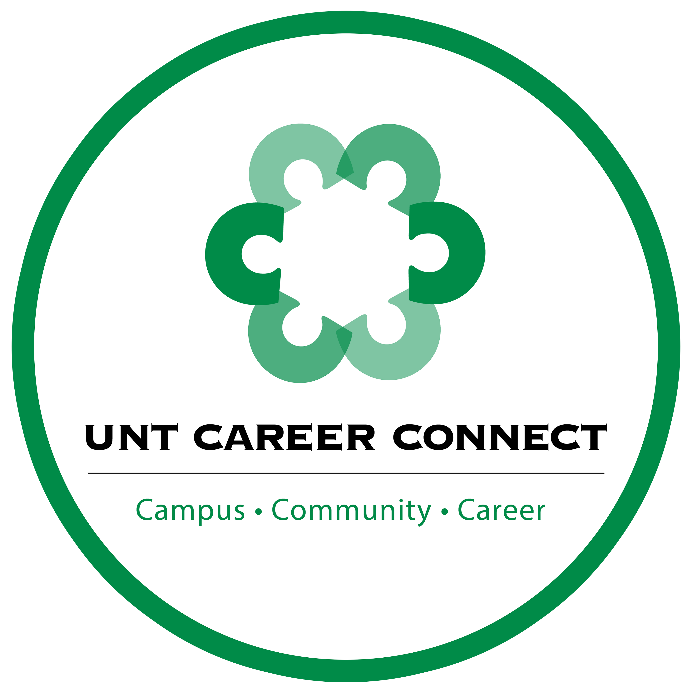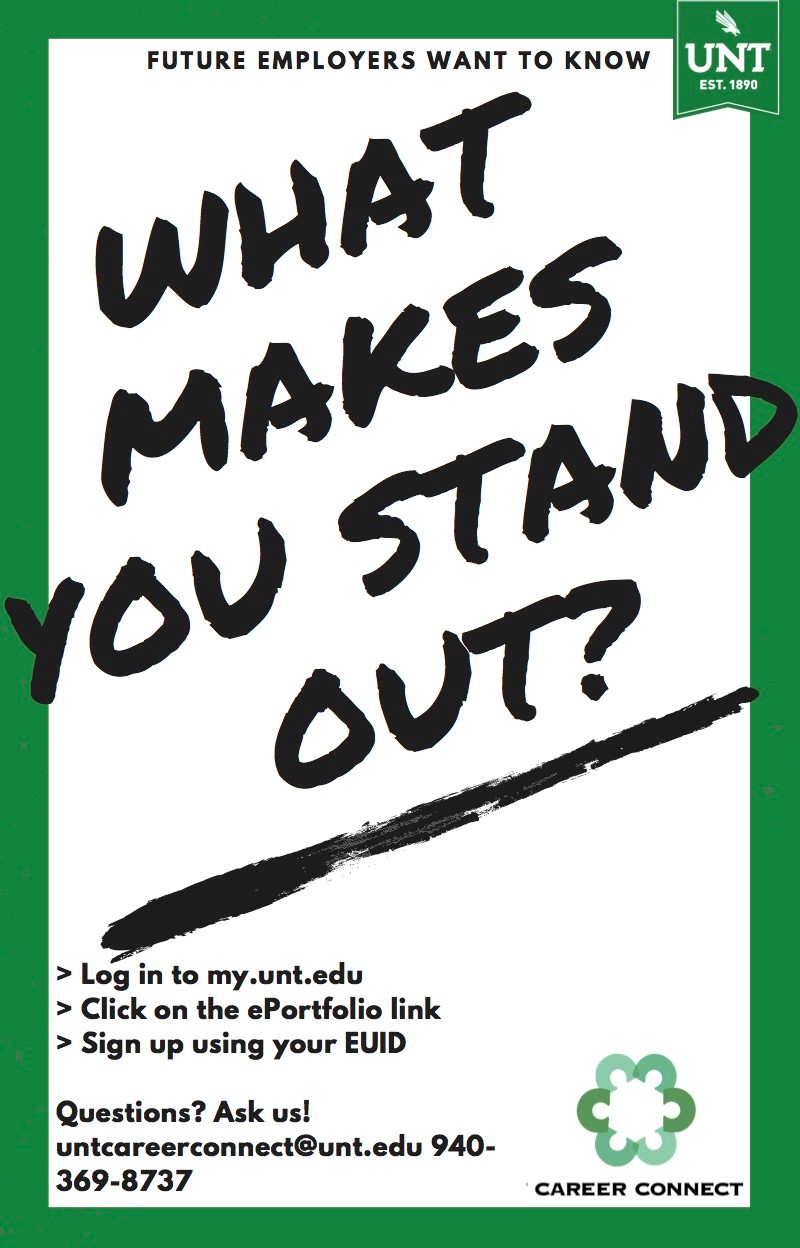Marketable Skills + Credentialing = the Value of Signals
Published by: WCET | 12/6/2018
Tags: Access, Assessment, Credentials, Credits, Digital Learning, Innovation, Managing Digital Learning, Student Success, Technology, Workforce/Employment
Published by: WCET | 12/6/2018
Tags: Access, Assessment, Credentials, Credits, Digital Learning, Innovation, Managing Digital Learning, Student Success, Technology, Workforce/Employment
What signals do you use to showcase your skills and expertise? Our students need a way to let future employers know about their collegiate experiences and accomplishments. Today we welcome Mike Simmons from University of North Texas to discuss their institutional solution to changing workforce and higher education needs when it comes to credentials.
Thank you to Mike for sharing the value of signals and more about the UNT Career Connect program!
Enjoy the read and enjoy your day,
Lindsey Downs, WCET

What comes to mind when you think of a signal? Traffic signal. Smoke signal. Turn signal. Even the Bat Signal! Each of these signals have two things in common – (1) they transmit information, and, (2) the involved parties have an agreed-upon understanding of the meaning.
When it comes to higher education, the most common signals have been grades and degrees. But what happens when those signals fail to provide enough information? It’s as if the traffic light only has red and green or a car only has a left turn signal.
You see the point. So then, how do institutions and students fill this information gap when transcripts don’t tell enough of their story? What are effective signals of knowledge and skill attainment if not the transcript? How will an employer know what the student can do?
The idea of signaling in the job market is not new. Spence’s 1973 work in economics theory is a sophisticated way of saying what seems like common sense: potential employees send signals to potential employers, and there are values attributed to those signals, particularly when it comes to education and skills attainment (Spence, 1973).
For students, employers, and higher education, the signals have become less clear and hold less meaning. The conversation has now shifted. These are the questions being asked of higher education:
It’s in that context that the latest version of the signaling (credentialing) conversation continues.
I’m in no way suggesting that higher education is or will be irrelevant because we issue transcripts. To the contrary: it’s our job now to figure out a new and complimentary set of signals that share information in a way that is understood and valued by all parties.
But this brings us to the fundamental challenge. Signals don’t work if they aren’t understood or used. For example, we all know what SOS means and perhaps we know how to tap it out in Morse code. But just as James Morse invented the code, he isn’t the one using it. In the past, I may have used Morse code and typed out SOS if I was in distress. Now, I’m more likely to use my cell phone, GPS, and other tools. These tools have replaced the need for Morse Code distress signals in most situations I’m likely to face. Similarly, while our degrees still hold an important and irreplaceable value as a signal, we in higher ed must take this opportunity to re-invent the code using new tools and technologies to improve our signals. In the end, it’s our students and their prospective employers who have to use the signals. And they’ll only do so if it has value and meaning to them.

What can institutions do about signaling? Institutions around the country are tackling this in different ways. Competency based education, badging, credentialing, alternative transcripts, and other initiatives attempt to signal what students know and can do as a result of attending college.
Alternative education providers are stepping into the marketplace to provide signaling opportunities for students in specialized skills (see: coding). All of these are attempts at effective signaling.
At the University of North Texas we’re also attempting a broad approach to the challenge of helping students adequately signal the knowledge and skills attained through their experiences at the university. A major goal of our Career Connect initiative is to help faculty, staff and students identify and signal relevant experiences (curricular and co-curricular) and coursework into marketable skills like communication, teamwork and critical thinking. As students progress through experiences at UNT, they are building evidence that accumulates over time and, when assessed, will allow UNT to issue marketable skills credentials/transcripts. Currently these competencies are showcased in a variety of ways, with the ultimate goal being the launch of UNT digital skills transcripts.
During our implementation process, we made an important discovery about such signals. Our original motivation was to create signals that held meaning for employers, and thus for students. But it became clear to us we could probably never create a signaling system that would satisfy the diverse and wide range of potential employers. It was a moment of reckoning for us. Why should we continue to build these signals if we couldn’t ‘prove’ they would be immediately valuable to employers? But in a light bulb moment, the team realized that it was far more important and a much higher priority that we send the signal TO STUDENTS. We saw that, as a higher education institution, it would be most important to help students understand and articulate their skills and learning. That is our value-add!
As a result, the conversation has changed, and we have shifted focus to students and how to effectively signal to them. To that end, we are working with our education technology partners to build a student dashboard of learning achievement which collects evidence of marketable skills beginning the moment they enter the university. It will provide a visual map to students and faculty within a course and across degree plans. This visual map will show marketable skills gained in the various curricular and co-curricular learning activities in which a student will participate during their time at UNT. It’s built on the concept that individual experiences and micro-credentials can be added together over time and draws evidence and assessments from our LMS and other sources. We are working in partnership with UNT academic departments to identify marketable skills specific to their majors and empowering evidence-based assignments to demonstrate attainment of the skills. So while that biology instructor is teaching them about cells, when they work in the biology lab, students also develop marketable skills working as a member of a team. Their faculty member assesses those teamwork skills as evidence for the dashboard and extended transcript while maintaining their curricular learning goals.

We know that students, parents, and the general public expect universities to prepare students for life after graduation—whether that is a job or more academic study. We also know that students have difficulty identifying and understanding how their newly acquired marketable skills can translate to the workplace and how to showcase these skills to employers.
Higher education must do more to encourage students to identify and document the range of their real-world, engaged experiences and marketable skills, and meaningfully collect, frame, and tailor them for potential employers upon graduation. This can only be accomplished when a student understands and can articulate their own skills using signals they understand and accept.

Mike Simmons
Assistant Vice President – Academic Affairs
UNT Career Connect
www.careerconnect.unt.edu
Signal. In Oxford Dictionaries. Retrieved from https://en.oxforddictionaries.com/definition/signal
Spence, Michael. 1973. Job Market Signaling”. Quarterly Journal of Economics. 87 (3): 355–374.
